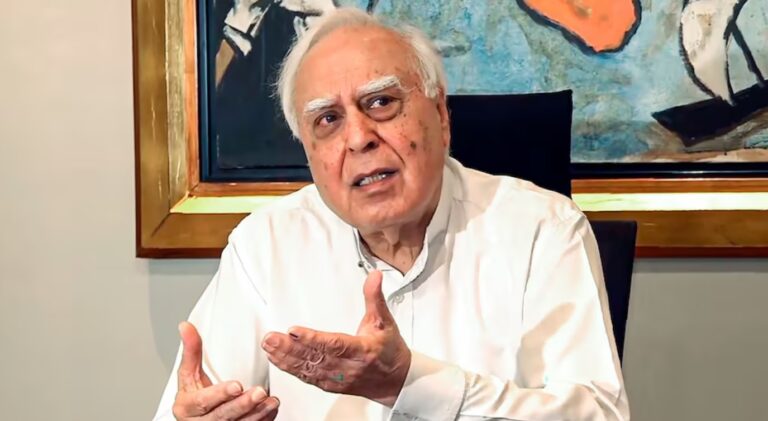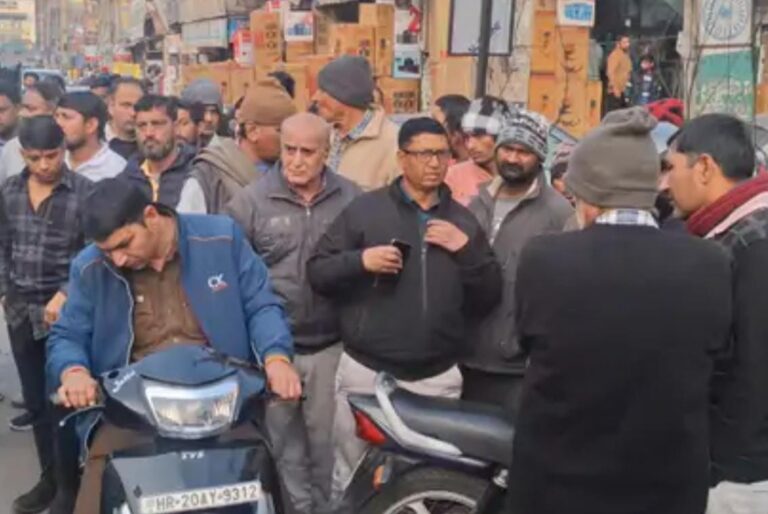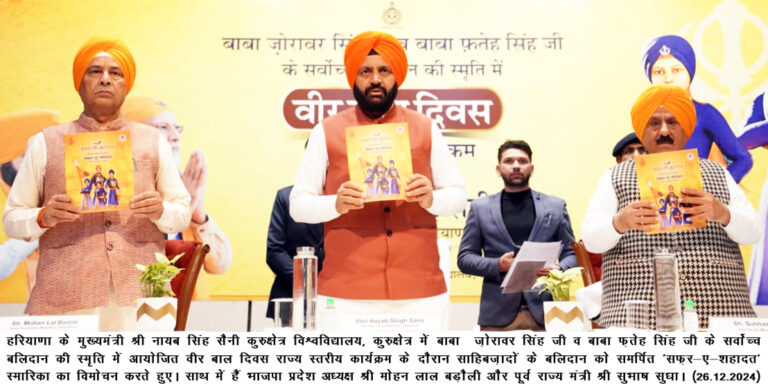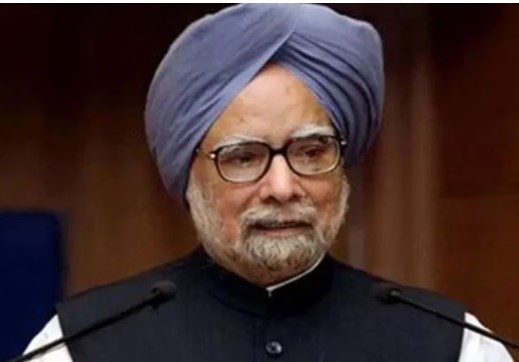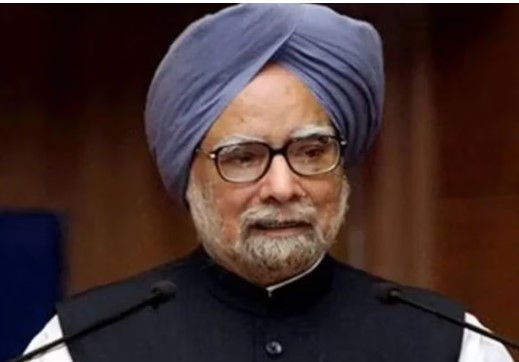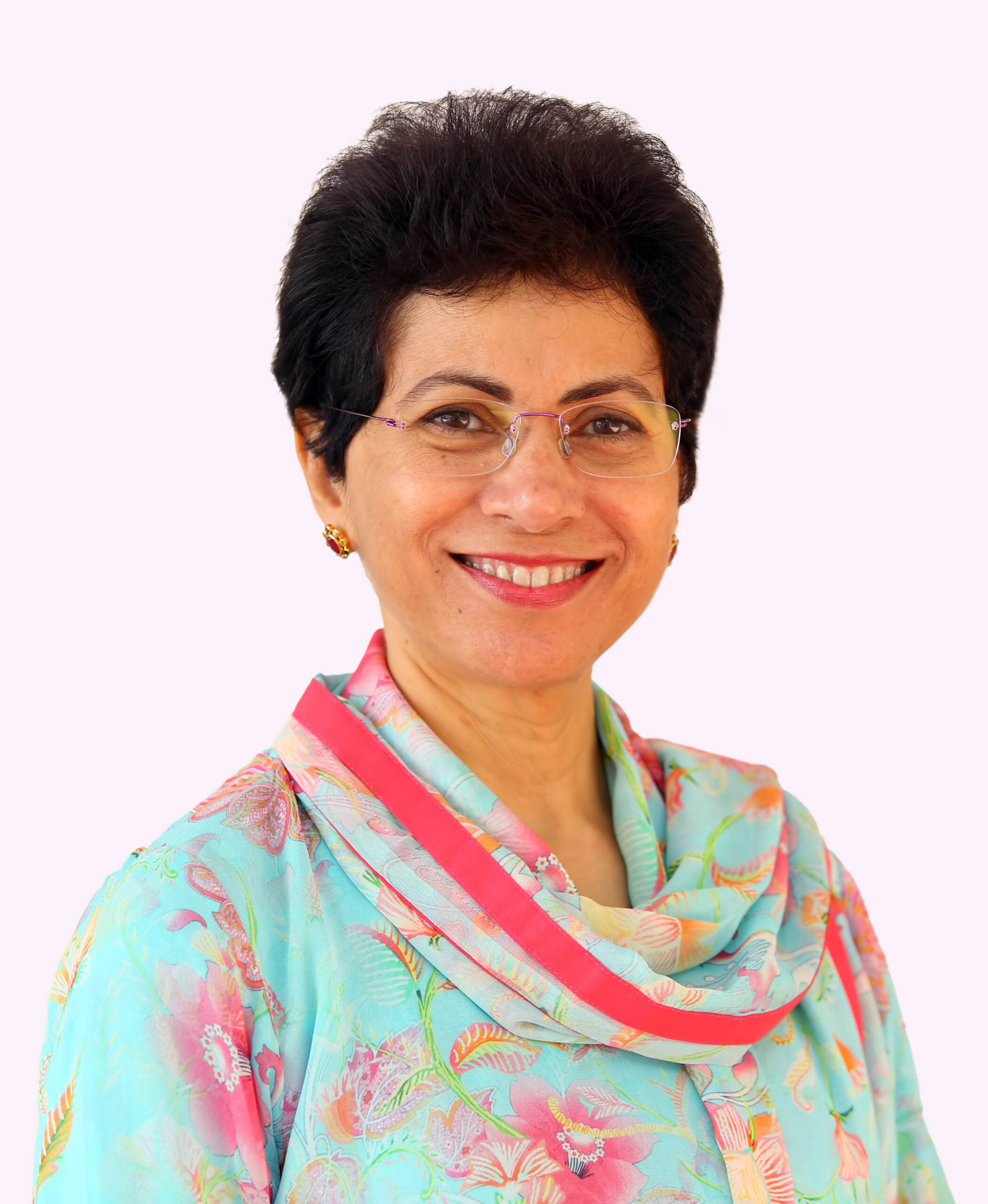
The Water of Ghaggar River unfit for drinking or irrigation:-Kumari Selja
Chandigarh / 13th, December.
The General Secretary of the All India Congress Committee, former Union Minister, and MP from Sirsa Kumari Selja has said that the water of the Ghaggar River is neither fit for drinking nor for irrigation. In Haryana, the Total Dissolved Solids (TDS) range from 198-1068 mg/l, and in Punjab, it is between 248-2010 mg/l. Despite claims by both states regarding sewage treatment capacities, the reality reflects otherwise.
Kumari Selja raised questions in Parliament to the Union Minister for Jal Shakti about the condition of the Ghaggar River. The minister confirmed that the water is unfit for drinking and irrigation. Kumari Selja said that whether the water of the Ghaggar River, which flows through parts of Punjab, Himachal Pradesh, and Haryana, is suitable for these purposes. Kumari Selja inquired about the tests conducted on the water, its TDS levels, the pollution found, and plans to resolve the issue.
The Union Minister replied, citing a November 2022 CPCB (Central Pollution Control Board) report, which identified two polluted stretches of the river, one each in Punjab and Haryana. Based on the 2023 water quality monitoring results, the TDS levels ranged from 198-1068 mg/l in Haryana and 248-2010 mg/l in Punjab. While the river water complied with Class E standards (for irrigation and industrial cooling), it requires traditional treatment and disinfection to make it suitable for drinking.
The minister said that it is the primary responsibility of states, union territories, and local bodies to ensure adequate treatment of sewage and industrial waste before discharge into water bodies. Under the National River Conservation Plan, Punjab has created a sewage treatment capacity of 15 million litres daily (MLD). Punjab Pollution Control Board reported that 28 STPs (Sewage Treatment Plants) with a total capacity of 291.7 MLD have been set up, and 15 more with a capacity of 97 MLD are under construction. Similarly, Haryana has established a capacity of 588 MLD under the Ghaggar Action Plan. Water with a TDS of 50-150 is considered excellent, 150-300 as acceptable, 301-500 as poor, and above that as harmful. For irrigation, TDS levels between 150-250 are deemed good, indicating that the water of the Ghaggar River is unsuitable even for irrigation.
:-The Train Yet to Operate Despite Agroha Dham Announcement:-Kumari Selja
Kumari Selja also raised a question in Parliament to the Railway Minister about whether the government had approved a rail line from Fatehabad to Hisar via Agroha. The Railway Minister responded that Hisar and Sirsa are already well-connected via Bhattu Kalan. A survey was conducted for a rail route from Hisar to Sirsa through Fatehabad and Agroha (93 km). However, due to poor traffic projections, the project could not proceed.
This means that no train whistles will be heard in Agroha Dham anytime soon, despite a prior announcement made by then Railway Minister Lalu Prasad Yadav regarding the route.
